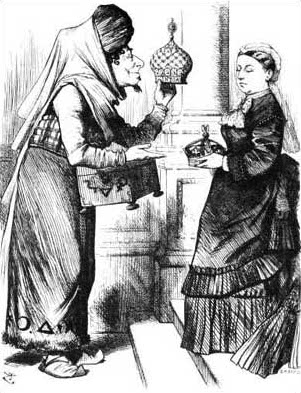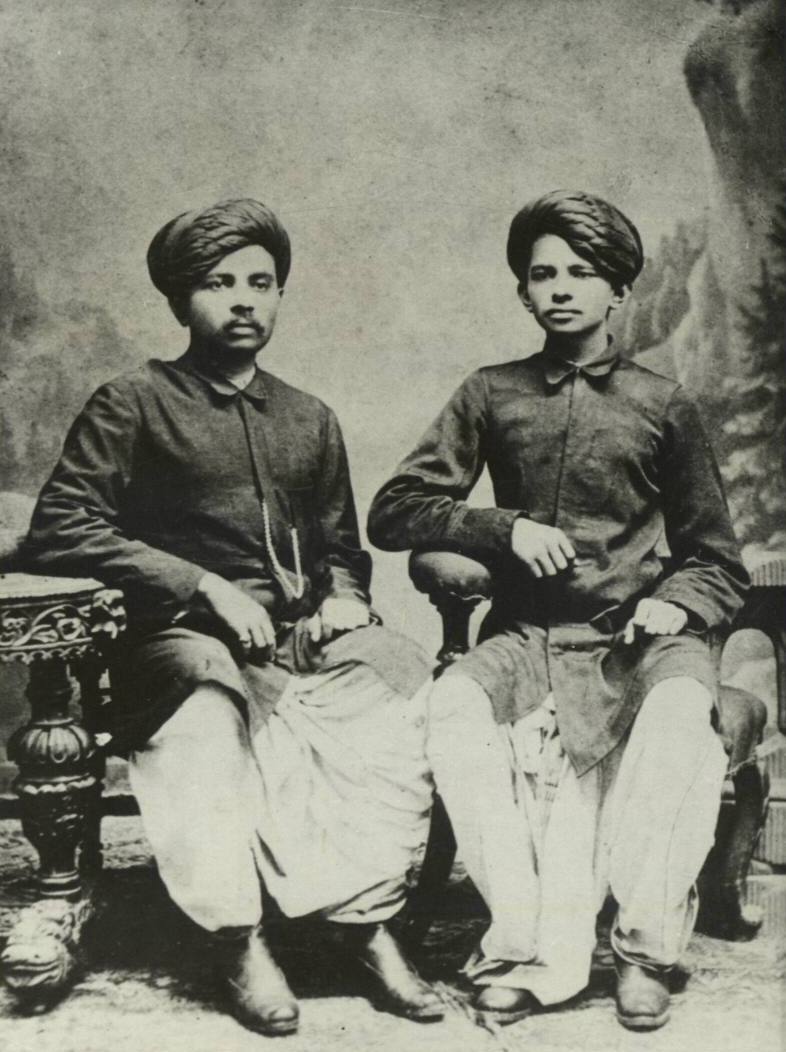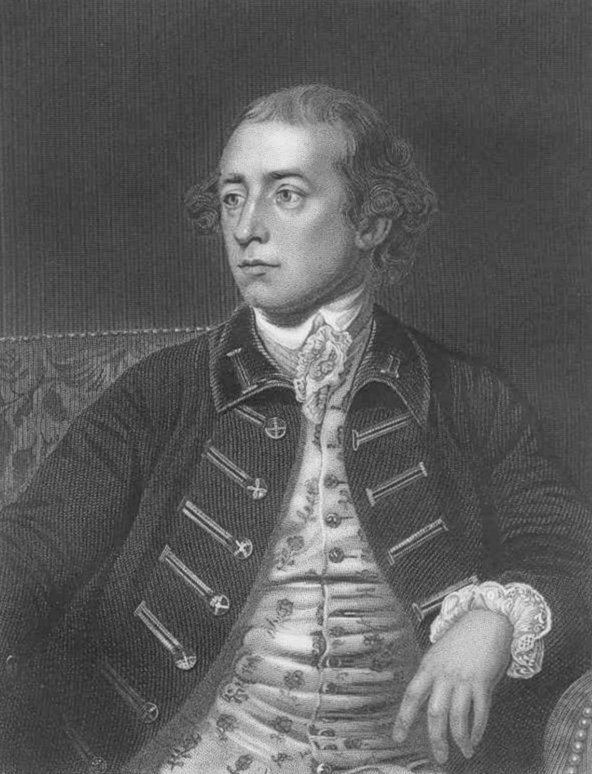|
Kaiser-i-Hind
The Kaisar-i-Hind Medal for Public Service in India was a medal awarded by the Emperor of India, Emperor/Empress of India between 1900 and 1947, to "any person without distinction of race, occupation, position, or sex ... who shall have distinguished himself (or herself) by important and useful service in the advancement of the public interest in India." The name "Kaisar-i-Hind" ( ''qaisar-e-hind'', ) literally means "Emperor of India" in the Hindustani language. The word ''kaisar'', meaning "emperor" is a derivative of the Roman imperial title Caesar (title), Caesar, via Persian (see Caesar (title)#Ottoman Empire, Qaysar-i Rum) from Greek Καίσαρ ''Kaísar'', and is cognate with the German title Kaiser, which was borrowed from Latin at an earlier date. Based upon this, the title ''Kaisar-i-Hind'' was coined in 1876 by the orientalist Gottlieb Wilhelm Leitner, G.W. Leitner as the official imperial title for the British monarch in India.B.S. Cohn, "Representing Authority in ... [...More Info...] [...Related Items...] OR: [Wikipedia] [Google] [Baidu] |
Teinopalpus Imperialis
''Teinopalpus imperialis'', the Kaisar-i-Hind, is a rare species of Swallowtail butterfly, swallowtail butterfly found from Nepal and north east India to north Vietnam. The common name literally means "emperor of India". The Kaisar-i-Hind is much sought after by butterfly collectors for its beauty and rarity. The green iridescence of the wings has been found to be due to three-dimensional photonic crystal, photonic structure of the scales and is the subject of much research. Description The Kaisar-i-Hind has a predominantly green swallowtail. The male has a bright chrome-yellow patch on each hind wing. The following descriptions are from Charles Thomas Bingham (1907) ''The Fauna of British India, Including Ceylon and Burma, Butterflies'' Volume 2. Male Upperside black, densely irrorated with green scales. Forewing: an outwardly oblique, slightly concave subbasal band and a narrow terminal edging jet-black due to the ground colour there being devoid of the green scaling; ... [...More Info...] [...Related Items...] OR: [Wikipedia] [Google] [Baidu] |
Kaiser-I-Hind Driemaal
The Kaisar-i-Hind Medal for Public Service in India was a medal awarded by the Emperor/Empress of India between 1900 and 1947, to "any person without distinction of race, occupation, position, or sex ... who shall have distinguished himself (or herself) by important and useful service in the advancement of the public interest in India." The name "Kaisar-i-Hind" ( ''qaisar-e-hind'', ) literally means "Emperor of India" in the Hindustani language. The word ''kaisar'', meaning "emperor" is a derivative of the Roman imperial title Caesar, via Persian (see Qaysar-i Rum) from Greek Καίσαρ ''Kaísar'', and is cognate with the German title Kaiser, which was borrowed from Latin at an earlier date. Based upon this, the title '' Kaisar-i-Hind'' was coined in 1876 by the orientalist G.W. Leitner as the official imperial title for the British monarch in India.B.S. Cohn, "Representing Authority in Victorian India", in E. Hobsbawm and T. Ranger (eds.), ''The Invention of Tradition'' ( ... [...More Info...] [...Related Items...] OR: [Wikipedia] [Google] [Baidu] |
Indian Ambulance Corps
The Natal Indian Ambulance Corps was created by Mahatma Gandhi for use by the British as stretcher bearers during the Second Boer War, with expenses met by the local Indian community. Gandhi and the corps served at the Battle of Spion Kop. It consisted of 300 free Indians and 800 indentured labourers. It was committed to saving the lives of Africans and Indians. Gandhi was bestowed with the ' Kaiser-i-Hind' and other medals by the British for his work in Boer war. This was given up by Gandhi after the Jallianwala Bagh massacre in 1919. History With the Boer attack in Natal in October 1899 leading to the siege of Ladysmith, the British authorities recruited the ''Natal Volunteer Ambulance Corps'' (NVAC) of about 1,100 local White men. At the same time Gandhi pressed for his Indian stretcher bearers to be allowed to serve. At the Battle of Colenso on 15 December, the NVAC removed the wounded from the front line and the Indians then transported them to the railhead. At the ... [...More Info...] [...Related Items...] OR: [Wikipedia] [Google] [Baidu] |
Empress Of India
Emperor (or Empress) of India was a title used by British monarchs from 1 May 1876 (with the Royal Titles Act 1876) to 22 June 1948 Royal Proclamation of 22 June 1948, made in accordance with thIndian Independence Act 1947, 10 & 11 GEO. 6. CH. 30.('Section 7: ...(2)The assent of the Parliament of the United Kingdom is hereby given to the omission from the Royal Style and Titles of the words " Indiae Imperator " and the words " Emperor of India " and to the issue by His Majesty for that purpose of His Royal Proclamation under the Great Seal of the Realm.'). According to this Royal Proclamation, the King retained the style and titles 'George VI by the Grace of God, of Great Britain, Ireland and the British Dominions beyond the Seas King, Defender of the Faith''' Indian Independence Act 1947'' (10 & 11 Geo. 6. c. 30) to signify their sovereignty over the British Indian Empire as its imperial head of state. The image of the Emperor or Empress appeared on Indian currency, in gove ... [...More Info...] [...Related Items...] OR: [Wikipedia] [Google] [Baidu] |
South Africa
South Africa, officially the Republic of South Africa (RSA), is the Southern Africa, southernmost country in Africa. Its Provinces of South Africa, nine provinces are bounded to the south by of coastline that stretches along the Atlantic Ocean, South Atlantic and Indian Ocean; to the north by the neighbouring countries of Namibia, Botswana, and Zimbabwe; to the east and northeast by Mozambique and Eswatini; and it encloses Lesotho. Covering an area of , the country has Demographics of South Africa, a population of over 64 million people. Pretoria is the administrative capital, while Cape Town, as the seat of Parliament of South Africa, Parliament, is the legislative capital, and Bloemfontein is regarded as the judicial capital. The largest, most populous city is Johannesburg, followed by Cape Town and Durban. Cradle of Humankind, Archaeological findings suggest that various hominid species existed in South Africa about 2.5 million years ago, and modern humans inhabited the ... [...More Info...] [...Related Items...] OR: [Wikipedia] [Google] [Baidu] |
Charles Hardinge, 1st Baron Hardinge Of Penshurst
Charles Hardinge, 1st Baron Hardinge of Penshurst, (20 June 1858 – 2 August 1944) was a British diplomat and statesman who served as Viceroy and Governor-General of India from 1910 to 1916. Background and education Hardinge was the second son of Charles Hardinge, 2nd Viscount Hardinge, and the grandson of Henry Hardinge, 1st Viscount Hardinge, a former Governor-General of India. He was educated Cheam School, Harrow School and at Trinity College, Cambridge. Career Hardinge entered the diplomatic service in 1880, and was attached to the embassy in Constantinople, where he was private secretary to the ambassador Lord Dufferin. Afterwards he transferred successively to Berlin, Washington (where he was acting chargé d′affairs) for a time), Sofia and Constantinople again. As chargé d′affairs in Bucharest he was involved in negotiating a treaty and a trade marks convention between the United Kingdom and the Kingdom of Romania. In 1893 he transferred to Paris, and in 1 ... [...More Info...] [...Related Items...] OR: [Wikipedia] [Google] [Baidu] |
Mahatma Gandhi
Mohandas Karamchand Gandhi (2October 186930January 1948) was an Indian lawyer, anti-colonial nationalism, anti-colonial nationalist, and political ethics, political ethicist who employed nonviolent resistance to lead the successful Indian independence movement, campaign for India's independence from British Raj, British rule. He inspired movements for Civil rights movements, civil rights and freedom across the world. The honorific ''Mahātmā'' (from Sanskrit, meaning great-souled, or venerable), first applied to him in Union of South Africa, South Africa in 1914, is now used throughout the world. Born and raised in a Hindu family in coastal Gujarat, Gandhi trained in the law at the Inner Temple in London and was called to the bar at the age of 22. After two uncertain years in India, where he was unable to start a successful law practice, Gandhi moved to South Africa in 1893 to represent an Indian merchant in a lawsuit. He went on to live in South Africa for 21 years. Here, ... [...More Info...] [...Related Items...] OR: [Wikipedia] [Google] [Baidu] |
Post-nominal
Post-nominal letters, also called post-nominal initials, post-nominal titles, designatory letters, or simply post-nominals, are letters placed after a person's name to indicate that the individual holds a position, an academic degree, accreditation, an office, a military decoration, or honour, or is a member of a religious institute or fraternity. An individual may use several different sets of post-nominal letters, but in some contexts it may be customary to limit the number of sets to one or just a few. The order in which post-nominals are listed after a name is based on rules of precedence and what is appropriate for a given situation. Post-nominal letters are one of the main types of name suffix. In contrast, pre-nominal letters precede the name rather than following it, such as addressing a physician or professor as "Dr. Smith". List Different awards and post-nominal letters are in use in the English-speaking countries. Usage Listing order The order in which post-nomi ... [...More Info...] [...Related Items...] OR: [Wikipedia] [Google] [Baidu] |
Royal Cipher
In modern heraldry, a royal cypher is a monogram or monogram-like device of a country's reigning sovereign, typically consisting of the initials of the monarch's name and title, sometimes interwoven and often surmounted by a crown. Such a cypher as used by an emperor or empress is called an imperial cypher. Royal cyphers appear on some government buildings, impressed upon royal and state documents, and are used by governmental departments. They may also appear on other governmental structures built under a particular ruler. Commonwealth realms The use of a royal cypher in the Commonwealth realms originated in the United Kingdom, where the public use of the royal initials dates at least from the early Tudor period, and was simply the initial of the sovereign with, after Henry VIII's reign, the addition of the letter 'R' for or (Latin for "king" and "queen" respectively). The letter 'I' for was added to Queen Victoria's monogram after she became Empress of India in 1877 (or i ... [...More Info...] [...Related Items...] OR: [Wikipedia] [Google] [Baidu] |
Viceroy Of India
The governor-general of India (1833 to 1950, from 1858 to 1947 the viceroy and governor-general of India, commonly shortened to viceroy of India) was the representative of the monarch of the United Kingdom in their capacity as the Emperor of India, emperor or empress of India and after Indian Independence Act 1947, Indian independence in 1947, the representative of the List of heads of state of India#Monarch of India (1947–1950), monarch of India. The office was created in 1773, with the title of governor-general of the Presidency of Fort William. The officer had direct control only over his presidency but supervised other East India Company officials in India. Complete authority over all of British territory in the Indian subcontinent was granted in 1833, and the official came to be known as the governor-general of India. In 1858, because of the Indian Rebellion of 1857, Indian Rebellion the previous year, the territories and assets of the East India Company came under the ... [...More Info...] [...Related Items...] OR: [Wikipedia] [Google] [Baidu] |
Gazette Of India
''The Gazette of India'' is a public journal and an authorised legal document of the Government of India. It is published weekly by the Directorate of Printing Department of Publication, a subordinate office of the Ministry of Housing and Urban Affairs and printed by the Government of India Press. As a public journal, ''The Gazette'' prints official notices from the government. Publishing information in the ''Gazette'' is a legal necessity by which official documents come into force and enter the public domain. Ordinary gazettes are regularly published weekly on a particular day of the week whereas extraordinary gazettes are published every day depending upon the urgency of the matters to be published. Publication The publication of ''The Gazette'' is executed as per the government of India (allocation of business rules) issued from time to time by the cabinet secretariat. The Department of Publication is headed by the controller of publications with the assistance of ... [...More Info...] [...Related Items...] OR: [Wikipedia] [Google] [Baidu] |






